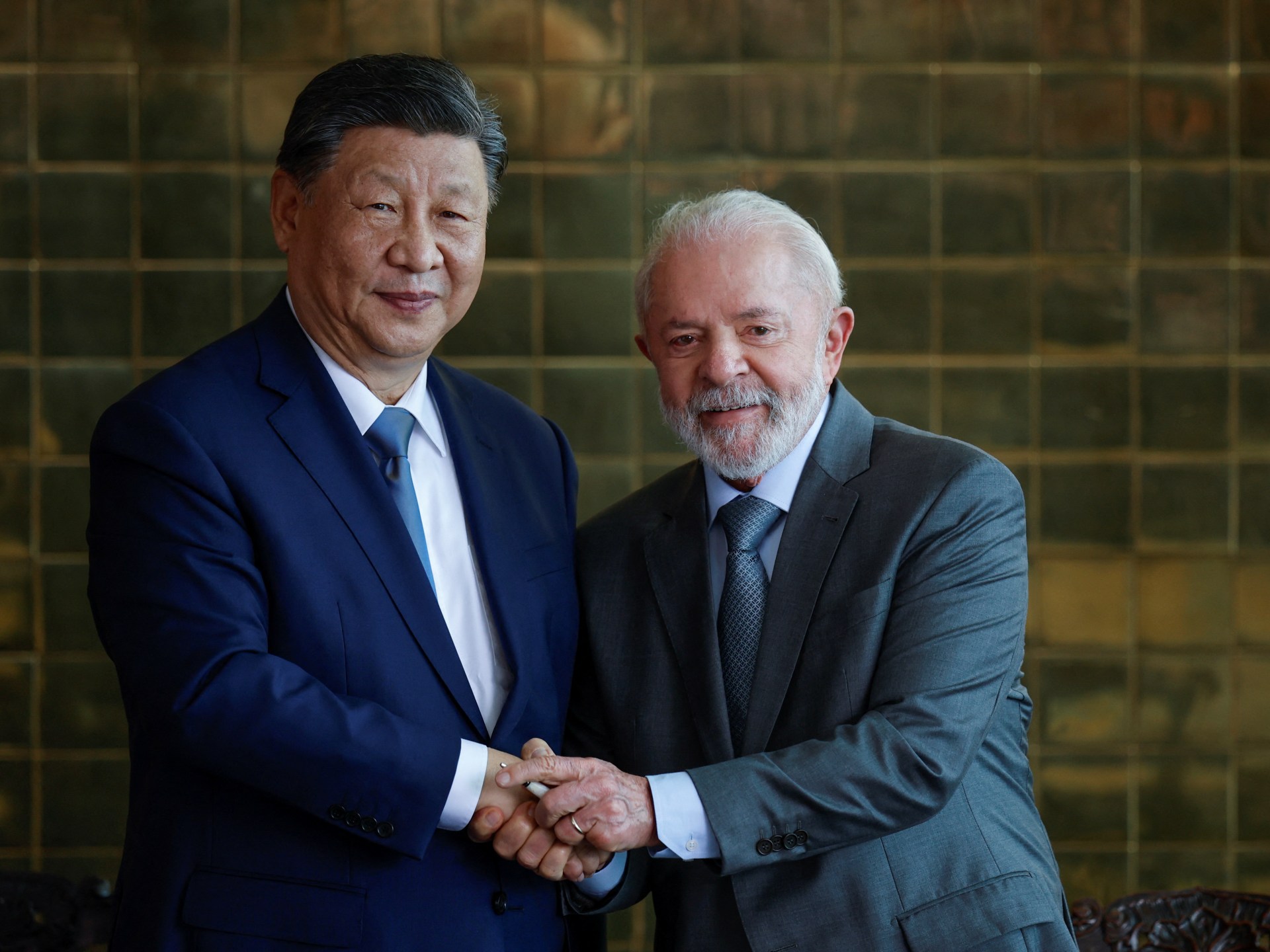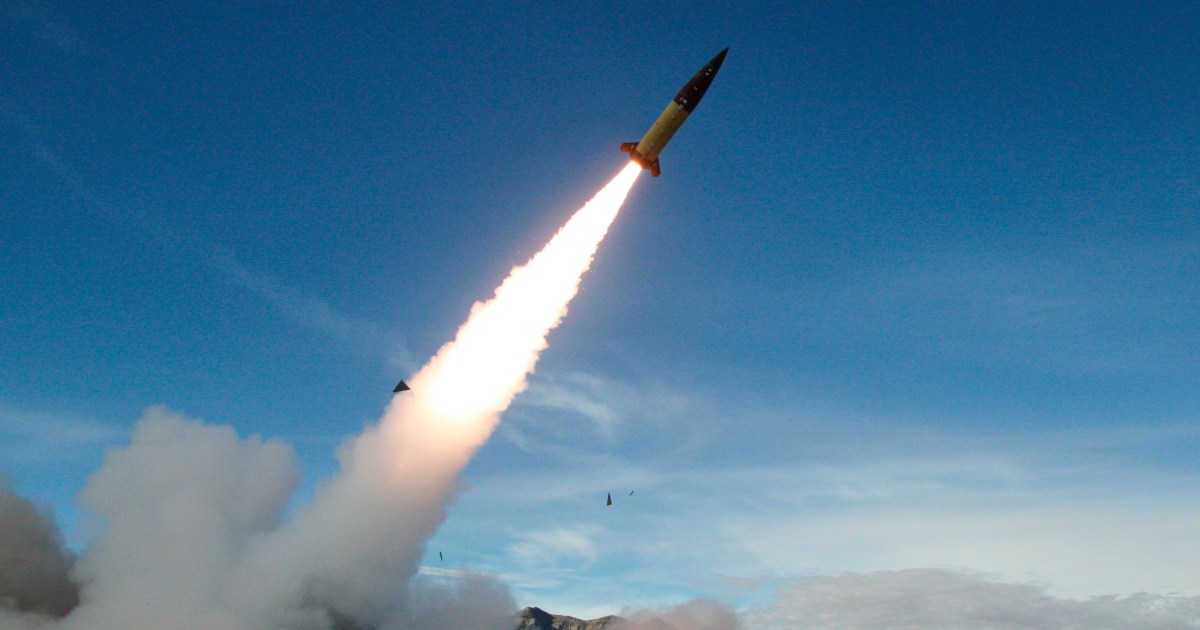

United States President Joe Biden has reportedly lifted restrictions on Kyiv on the use of long-range missiles, which means Ukrainian forces may fire American-made missiles inside Russian territory for the first time.
The move, which comes weeks before Biden leaves office and hours after massive Russian missile and drone attacks, has angered the Kremlin, which accused Washington of “throwing oil on the fire”.
Kremlin spokesman Dmitry Peskov said the decision would mean Washington’s direct involvement in the conflict, echoing a similar sentiment expressed by President Vladimir Putin in September.
The White House and President-elect Donald Trump have not commented yet, but Trump’s eldest son, Donald Trump Jr, said: “The military industrial complex seems to want to make sure they get World War III going before my father has a chance to create peace and save lives.”
The elder Trump, who takes office on January 20, repeatedly pledged during his campaign to negotiate an end to the Ukraine war.
So how significant is the latest move by the Biden administration, and will this lead to an escalation of the Ukraine war?
Why did the US allow Ukraine to use long-range missiles in Russia?
The US decision was made after the deployment of North Korean troops in Russia’s Kursk region, which was invaded by Ukrainian forces in August.
Ukrainian President Volodymyr Zelenskyy has been pressing his Western allies, including the US and United Kingdom, for months to allow missiles to be used against Russia as Moscow’s forces have been making slow but steady gains in eastern Ukraine.
Al Jazeera’s diplomatic correspondent James Bays said the “aim of these Western nations is to support Ukraine, particularly in the area of Russia that Ukraine has occupied, Kursk”.
As many as 12,000 North Korean soldiers have been sent to Russia, according to the US, Ukraine and South Korea officials. They have also accused Pyongyang of supplying weapons to Moscow.
While the US secretly sent the missiles to Ukraine in March, Ukraine had not been allowed to use them to strike inside Russian territory. As of late April, Ukraine had used these missiles twice in Russia-annexed Crimea.
Biden made the decision with only nine weeks left in his presidency. His successor has promised he will negotiate a swift end to the war, which has raised uncertainty about whether the US, Ukraine’s biggest arms provider, will continue to send it military support.
There were recent indications that the US would allow Ukraine to use the missiles. In September, US Secretary of State Antony Blinken and his UK counterpart, Foreign Secretary David Lammy, visited Kyiv and met with Zelenskyy. When thanking the officials for visiting him, Zelenskyy posted on his X account: “It is important that Ukrainian arguments are heard. This includes the long-range weapons.”
A day before the visit, Blinken told reporters in London that he and Lammy would be “listening very intently” on the matter and reporting back. On the same day, Biden told reporters: “We’re working that out right now.”
What are these long-range missiles?
The missiles supplied by the US to Ukraine are called the Army Tactical Missile System (ATACMS). They have a range of 300km (190 miles) and were first developed in the 1980s.
The ATACMS, built by US defence manufacturer Lockheed Martin, can be launched using HIMARS launchers sent to Ukraine by the US around July 2022. The missiles can also be launched by the US-made M270 Multiple Launch Rocket System, sent to Ukraine by the UK in 2022.
Before sending the longer range ATACMS, the US had sent Ukraine a shorter range version capable of firing as far as 165km (100 miles) in October 2023.
Ukraine can use the long-range tactical missiles to attack concentrations of Russian and North Korean troops in Kursk, which sits on Ukraine’s border, as well as military equipment inside Russian territory.
Kyiv is most likely to attack Russia around the Kursk region, US officials said, according to The New York Times.
Ukrainian soldiers seized 28 settlements spanning about 1,000sq km (386sq miles) in Kursk during an incursion launched in August. North Korean soldiers are reportedly concentrated near Kursk.
“Ukraine needs to be able to hit Russian supply chains which it has moved back beyond current Ukrainian missile range,” Timothy Ash, an associate fellow in the Russia and Eurasia programme at Chatham House, told Al Jazeera.
Ash speculated that the decision to give Kyiv long-range capabilities could also be “aimed at giving Ukraine more leverage in future negotiations”.
“Once the capability has been given, it is harder to take away,” he said. “[Putin] will want to negotiate limits on Ukraine’s military capabilities.”
Ash added that renewed violence in Kursk is likely. On November 11, Zelenskyy said in a Telegram post that Ukrainian soldiers were fighting against nearly “50,000 enemy troops” in Kursk. This came a day after The New York Times reported that Moscow had assembled 50,000 soldiers, including North Koreans in Kursk.
How have Ukraine and Russia reacted?
Zelenskyy said in an evening address on Sunday: “Today, many in the media are saying that we have received permission to take appropriate actions.”
He added: “Strikes are not made with words. Such things are not announced. The missiles will speak for themselves.”
Moscow said the missile decision would lead to a rise in tensions.
“If such a decision was indeed formulated and brought to the Kyiv regime, then this is a qualitatively new round of tension and a qualitatively new situation from the point of view of US involvement in this conflict,” Peskov said.
“It is obvious that the outgoing administration in Washington intends to take steps to continue adding fuel to the fire and continue to provoke tension around this conflict,” he said.
Russian lawmaker Maria Butina told the Reuters news agency that it would risk the start of a world conflict. “I have a great hope that Trump will overcome this decision if this has been made because they are seriously risking the start of World War III, which is not in anybody’s interest.”
Putin had warned the West two months ago against allowing the use of long-range missiles in Russian territory.
“If this is so, then, bearing in mind the change in the very essence of this conflict, we will make appropriate decisions based on the threats that will be created for us,” Putin told Russian state television at the time.
What’s next?
Ash said Kyiv needs to use the long-range missiles to dent Russian offensive capabilities.
“It looks like Russia will escalate over the next couple of months before the Trump presidency and likely negotiations. So Ukraine needs to be able to hit longer range to dent Russia’s offensive capabilities,” he said.
Putin congratulated Trump on his victory, lauding the US president-elect as “courageous”, adding he is ready to have talks with Trump. Despite this, Russia has continued its attacks on Ukraine.
“Russia has been escalating anyway over recent weeks, seemingly ignoring Trump’s request to Putin not to escalate,” Ash added.
The Kremlin, however, denied reports that said Trump had spoken with Putin and urged the Russian leader to not escalate the war in Ukraine.
On Monday, Russia carried out its largest missile and drone strikes on Ukraine in months, targeting energy infrastructure. At least 11 people were killed in the attack, according to Ukrainian authorities.
The UK and France, which have also provided long-range Storm Shadow missiles to Ukraine, could possibly allow Kyiv to strike inside Russian territory. Storm Shadow missiles, also called SCALP, can hit targets up to 250km (155 miles) away.
French newspaper Le Monde, quoting the country’s foreign minister, reported that Paris is open to allowing Ukraine to use its long-range missiles to strike inside Russian territory.
Related News
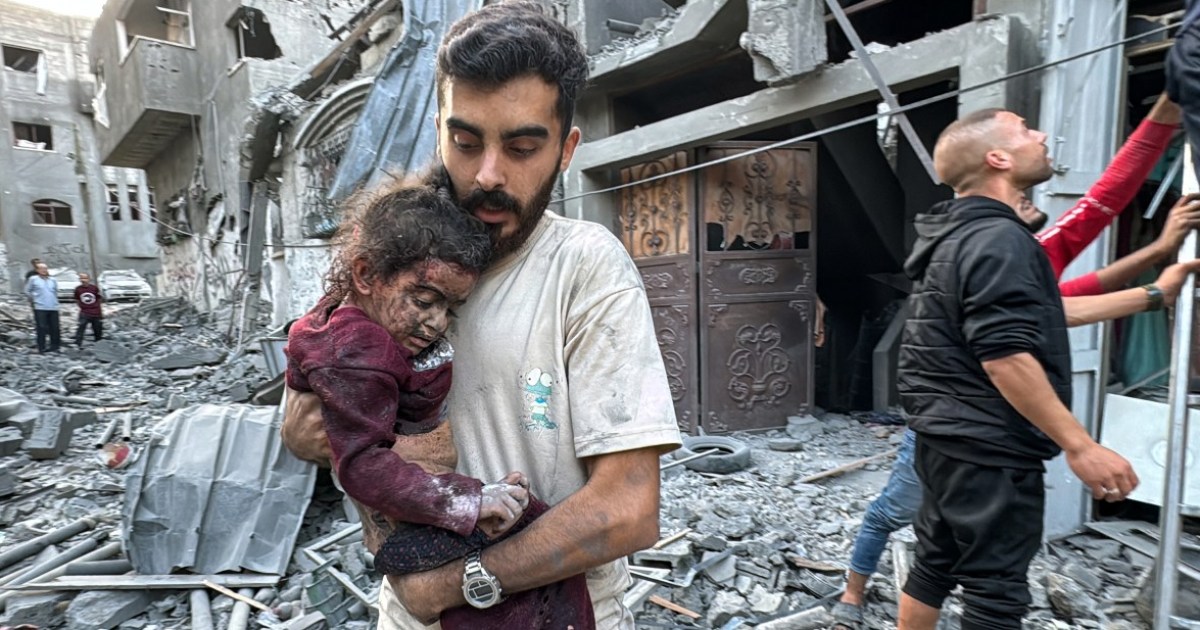
Israel’s new tactics in north Gaza stoke fears of ethnic cleansing campaign
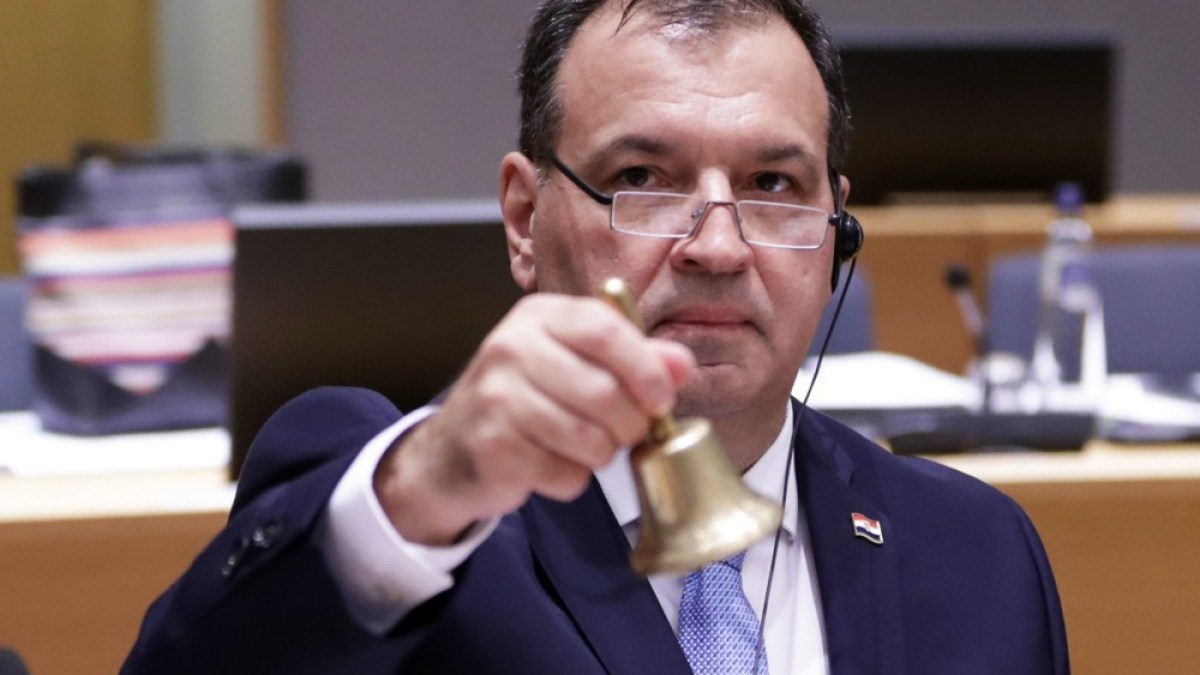
Croatian PM sacks health minister accused of corruption
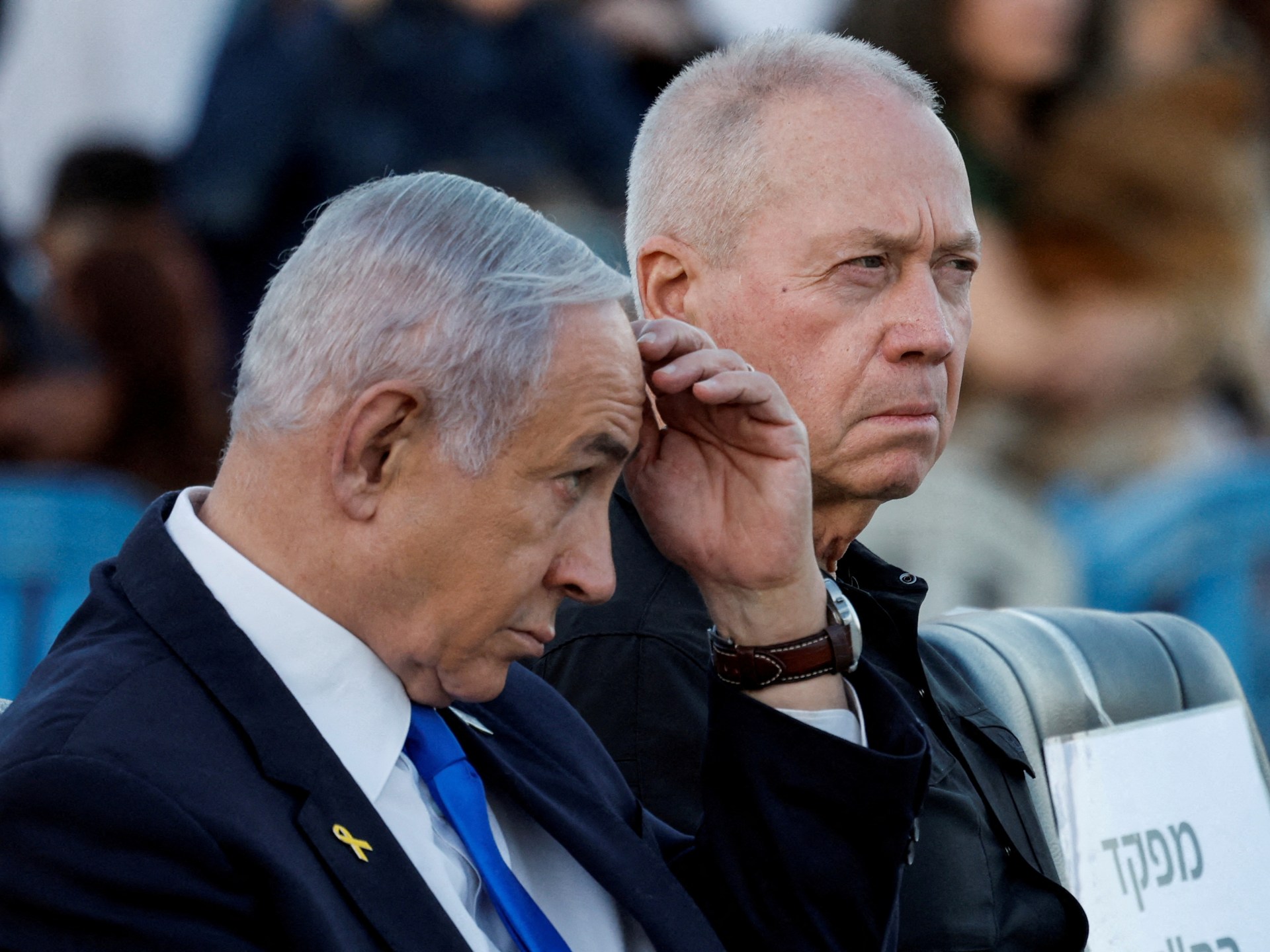
LIVE: Protests in Israel after Gallant’s sacking, attacks continue in Gaza
